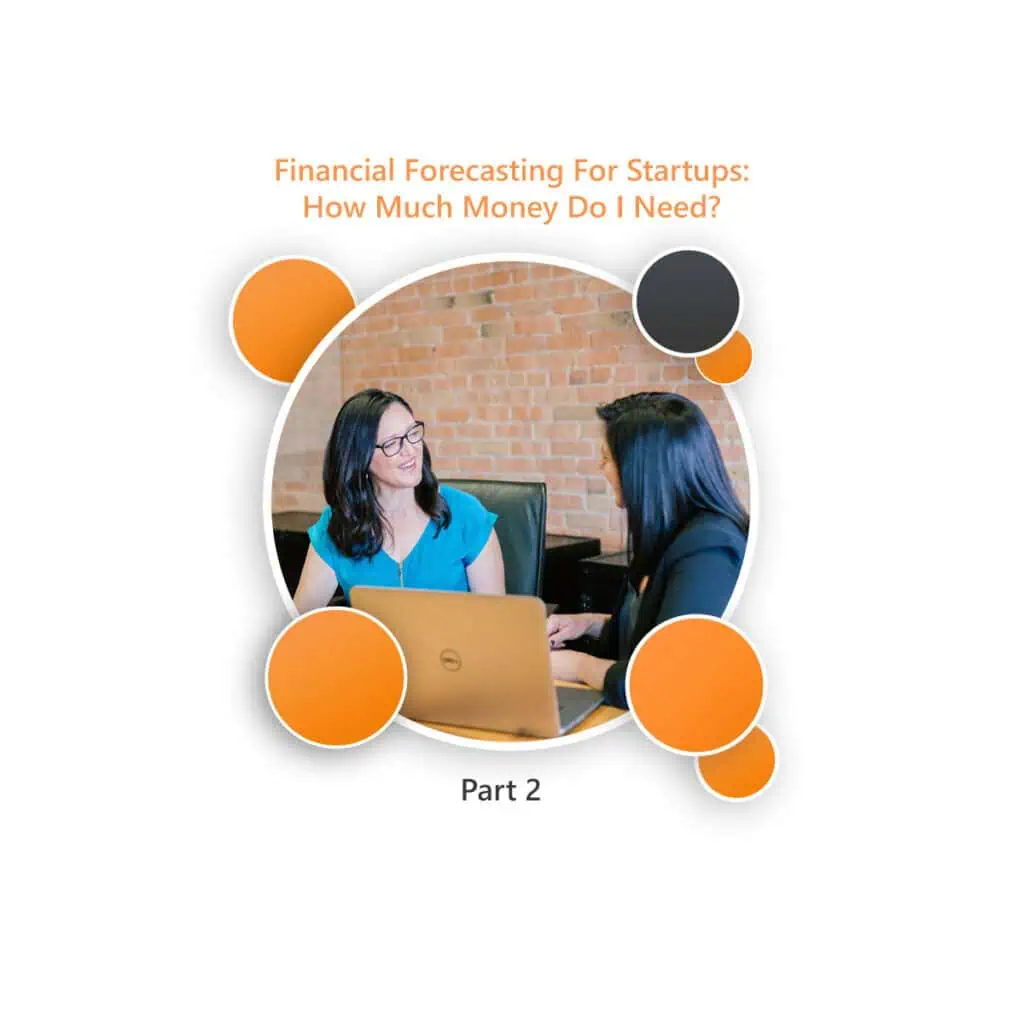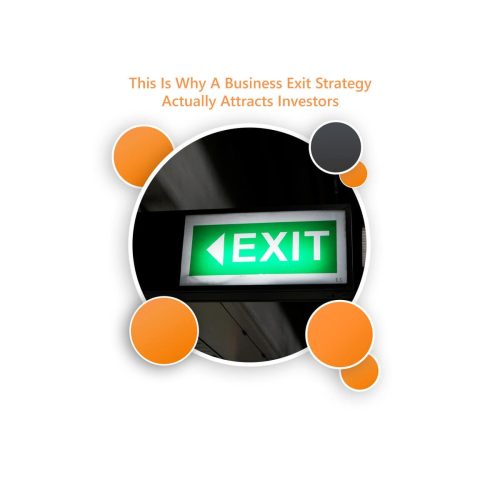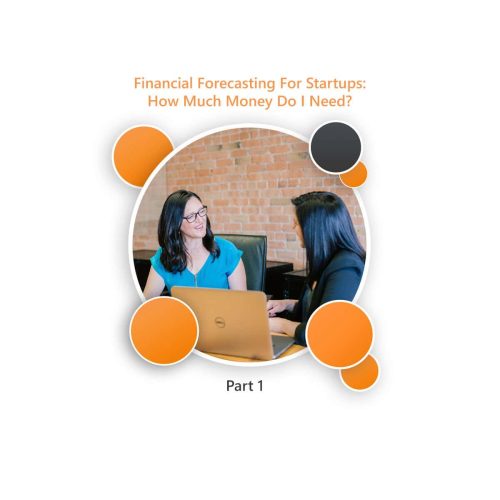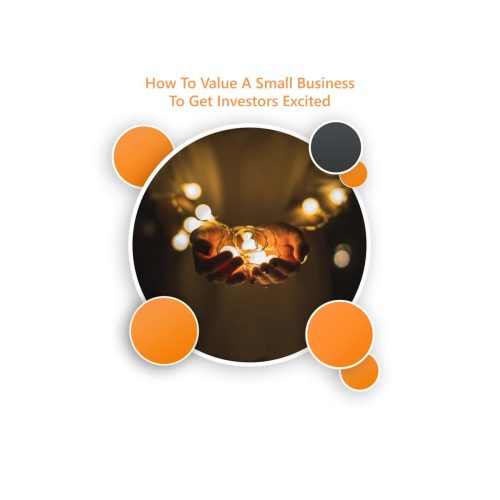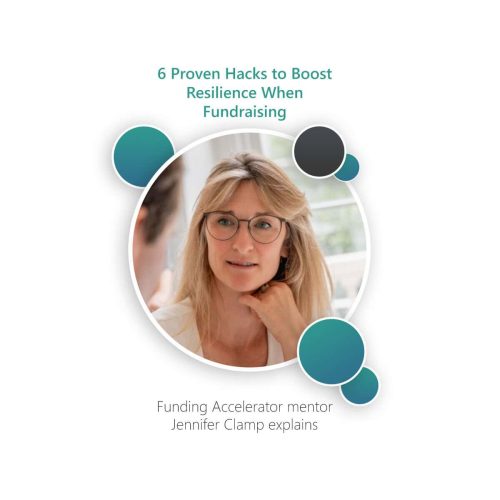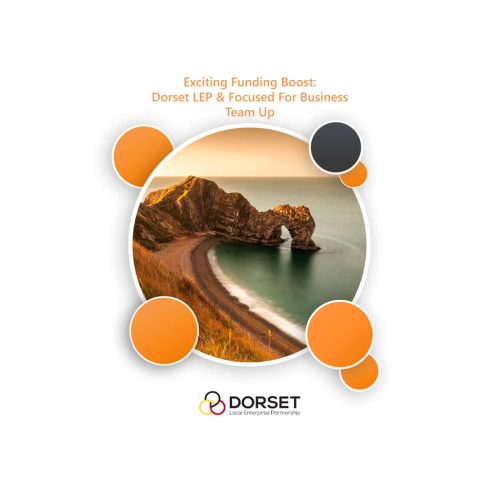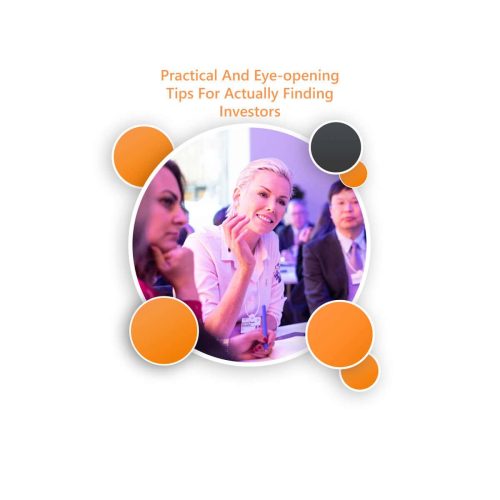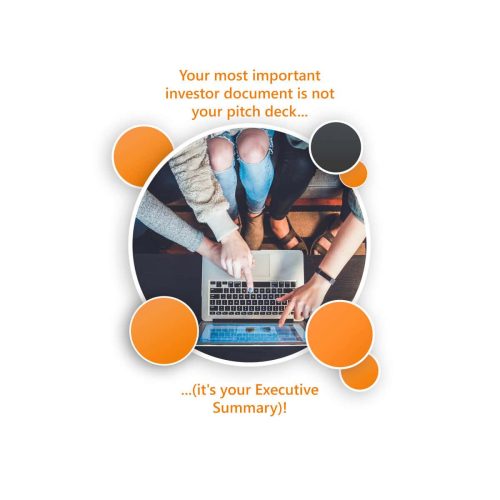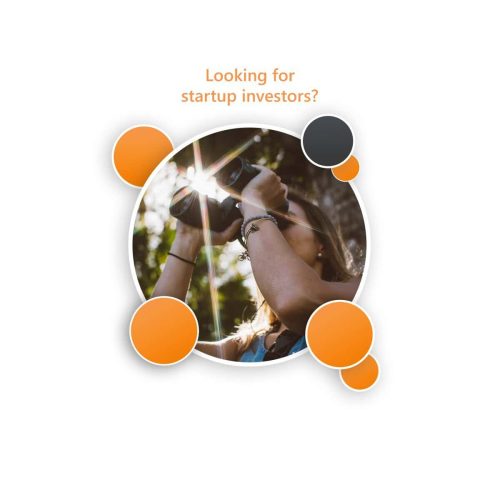In Part 1 Financial Forecasting For Startups: How Much Money Do I Need we covered why financial forecasting is so important for startups to convey the potential of their business to investors, and how determining the right amount of funding to ask for is a careful balance between getting enough capital to grow your business and achieve the milestones you’ve set, and not giving away too much equity too soon.
In this week’s instalment we explore some of the key things you should consider when building your Financial Forecast, such as whether to raise a large single round or multiple smaller rounds, how your burn rate impacts your runway, how to align your funding with the milestones you’re planning on achieving, and how to manage risk in your forecast.
Key Considerations in Financial Forecasting for Startups
When determining your ‘ask’ there are some other considerations you may need to consider when developing your funding strategy…
Single Round vs. Multiple Funding Rounds
A question we often receive from founders is whether they should raise a large amount initially, or if it’s better to raise a smaller round and then raise a subsequent round(s) soon after. There are pros and cons of doing it either way:
A single large funding round will mean that you have more money so you will have a longer runway, and spend less time fundraising. The drawback is that your valuation will likely be lower and so your dilution higher (the number of shares you have to sell in exchange for the investment) as you haven’t had as much opportunity to de-risk the opportunity and gain traction. If you have raised a large amount you will probably find there is more pressure to deliver as well.
The other option is to raise multiple smaller rounds. The benefit of doing it this way is that there is less dilution initially and as you continue to raise you will be able to raise at a higher valuation each time, provided you have achieved your planned milestones and started to prove your business model. Overall, raising in stages can mean you give away less equity over time. The downside is you spend more time fundraising, and you increase the likelihood of having gaps in funding.
Often macro factors will be a consideration when deciding to go for a single large round vs multiple rounds. If it’s a bull market you may find that investors are more likely to invest and so it’ll be easier to raise larger sums, and the opposite may be the case if investor confidence is low. Effective financial forecasting for startups takes all these factors into account.
Burn Rate and Runway
When doing financial forecasting for startups, there are two key metrics that should always be top of your mind: burn rate and runway.
Burn Rate: This is the rate at which your startup is spending money, typically calculated monthly.
Runway: This is how long your startup can continue operating before running out of cash, based on your current burn rate and cash reserves. I heard one accountant call this your “Time to death” which certainly brings home the importance of not running out of cash!
Financial forecasting for startups requires a deep understanding of these metrics. You need to understand how much cash you will burn each month. Your burn rate is calculated by minusing your costs from your revenue. In early stage startups your revenue is likely to be less than your costs each month, and this is your ‘burn’. You need to consider when forecasting that the funding you ask for provides enough runway to achieve the milestones that will justify the next round of funding and a larger valuation.
Milestone Planning and Time Management
When doing financial forecasting for startups, it’s really important to align your funding with the milestones you’re planning on achieving. So when creating your financial forecast for startups ask yourself:
- What key milestones do I need to achieve?
- How long will it realistically take to achieve those milestones?
- What resources (financial and otherwise) are required to hit the milestones?
Investors will be looking for significant progress between your funding rounds, because they want to ensure that the valuation at the next funding round is considerably higher than the current one, so it’s important to show clearly how the funds you’re raising will be used to achieve the milestones you’ve set and in turn increase your company’s value.
Risk Management
Managing risk is another important consideration when financial forecasting for startups. The longer your business operates and the more traction it gets, the more the investment opportunity is de-risked for the investor. With this in mind, here are some things to consider when building out your forecast:
- Start Small and Raise Frequently: In the early stages, when there’s still a lot to prove about your business model, it’s often better to raise smaller amounts more frequently (but ideally not more frequently than 18-24 months). The idea being that each raise reduces the risk for investors and means they’re more likely to invest. Plus raising smaller amounts means you can maintain more control for longer.
- Valuation Increases: As you progress through your journey and achieve more milestones and reduce risk, you can typically raise at higher valuations. This means you give away less equity over time.
- Equity Preservation: By raising smaller amounts more frequently, you can often preserve more equity in the long run, which is beneficial for both founders and early employees.
Financial forecasting for startups is both an art and a science – and it isn’t a one-time exercise. It’s an ongoing process that should be regularly reviewed and iterated on as your business changes. It’s also an important skill to master as it plays such an important part in building a successful startup and helps you to not give away too much equity too soon.
If you’re raising your first round of funding or perhaps you’re planning your second or subsequent funding round, effective financial forecasting for startups will be your guide. Your forecast will help you to make informed decisions about how much to raise, when to raise it, and how to use those funds to drive your business forward. So, take the time to dig into your numbers, understand your cash needs, and create a financial forecast that sets your startup up for success.
If you’re financial forecasting for startups right now, one of our expert Funding Accelerator mentors, Elliott Gaspar, discusses the 3 things that will make your financial forecast more attractive to investors.
Or, if you are kicking off your fundraising soon and would like a robust Financial Forecast template that will stand up to the scrutiny of investors, join our next Funding Accelerator.
- Founders’ Negotiation Tactics: How To Secure The Best Startup Valuation - May 12, 2025
- How To Master Your Sales Lifecycle: Close Deals Faster And Smarter - April 30, 2025
- How To Maximise Your Business Valuation And Attract Investors - April 7, 2025

